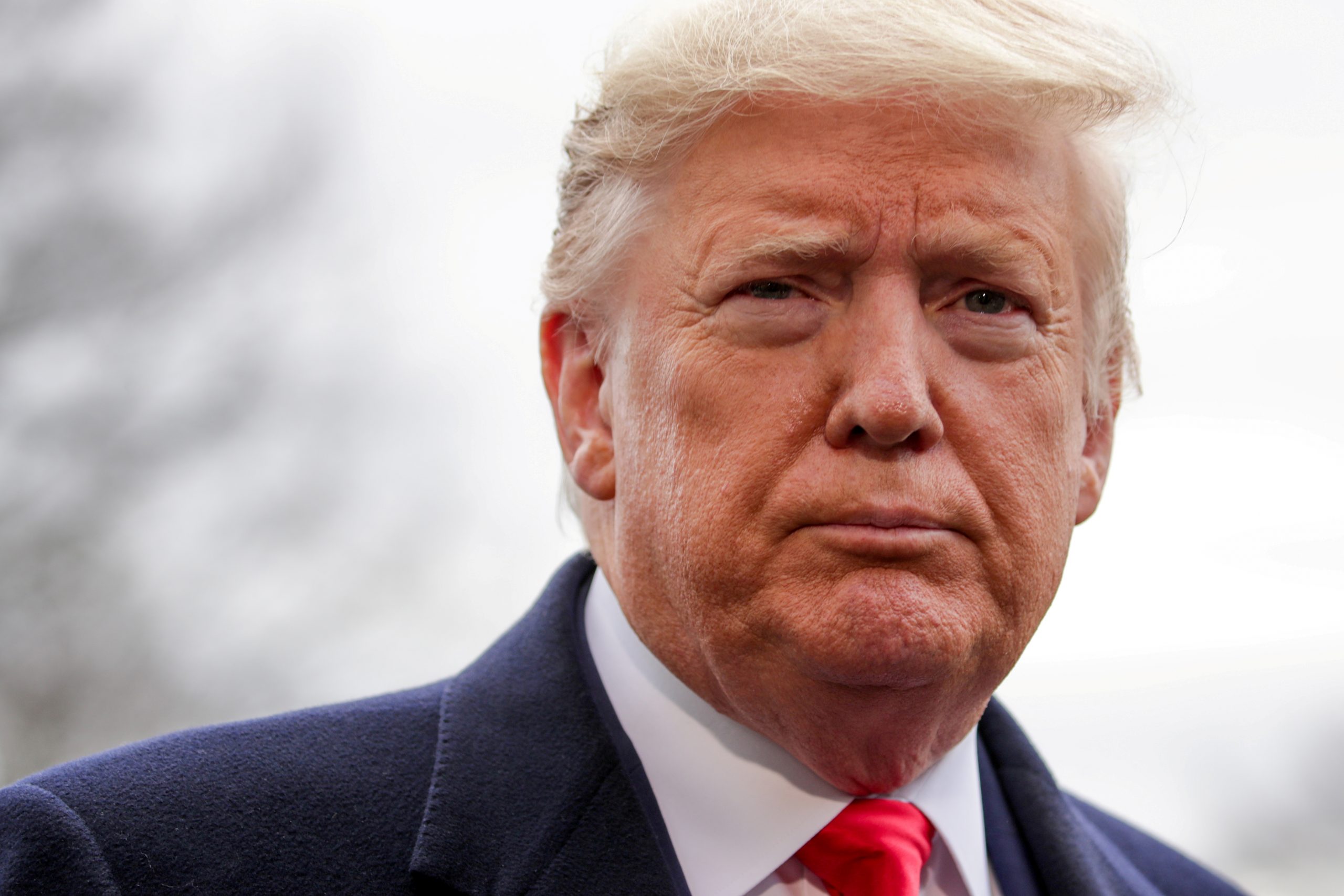President Donald Trump’s $4.8 trillion budget proposal for fiscal year 2021 is likely to get a chilly reception from lawmakers on Monday over its proposals to slash spending on foreign aid and social safety net programs.
The White House plans to unveil the budget blueprint for the fiscal year starting on October 1 at 12:30 p.m. eastern time, but administration officials confirmed key figures from the document over the weekend.
Democrats are expected to object to the deep spending cuts on domestic programs, while some Republicans may raise concerns over debt and deficits.
The budget calls for a 21 percent cut in foreign aid to $44.1 billion, down from $55.7 billion enacted in fiscal year 2020. It would make savings in outlays to safety net programs including $130 billion in Medicare through drug pricing reforms, $292 billion to food stamp and Medicaid programs by enacting new work requirements for beneficiaries, and $70 billion through a clamp-down on eligibility for federal disability benefits.
An administration official said the White House was making the proposals for substantial cuts despite an assumption that Congress, which controls U.S. purse strings, would allocate more money on spending than Trump wants. With forecasts for strong economic growth, the budget predicts some $3.7 trillion in government receipts in the 2021 fiscal year.
Last year Trump signed a two-year budget deal with Congress that increased federal spending on defense and several other domestic programs, adding to growing government debt. That legislation authorized $2.75 trillion in new defense and non-defense spending through Sept. 30, 2021.
Trump’s budget is largely a political document.
It includes spending on Trump’s priorities as he seeks re-election later this year, including $2 billion to fund further construction on a border wall with Mexico, a project that is especially popular with his political base, and funding for an infrastructure bill that is unlikely to be passed by Democrats and Republicans in Congress.
Military spending would rise 0.3% to $740.5 billion.
The budget forecasts $4.6 trillion in deficit reduction over 10 years and assumes economic growth at an annual rate of roughly 3 percent for years to come, officials said. Trump has taken credit for the strength of the U.S. economy thanks in part to tax cuts he championed and Congress passed earlier in his term. The budget funds an extension of those cuts over a 10-year period with $1.4 trillion.
The White House proposes to slash spending by $4.4 trillion over 10 years and reduce the deficit by $4.6 trillion in that time period.
(Reporting by Jeff Mason; Editing by Nick Zieminski)

























 Continue with Google
Continue with Google